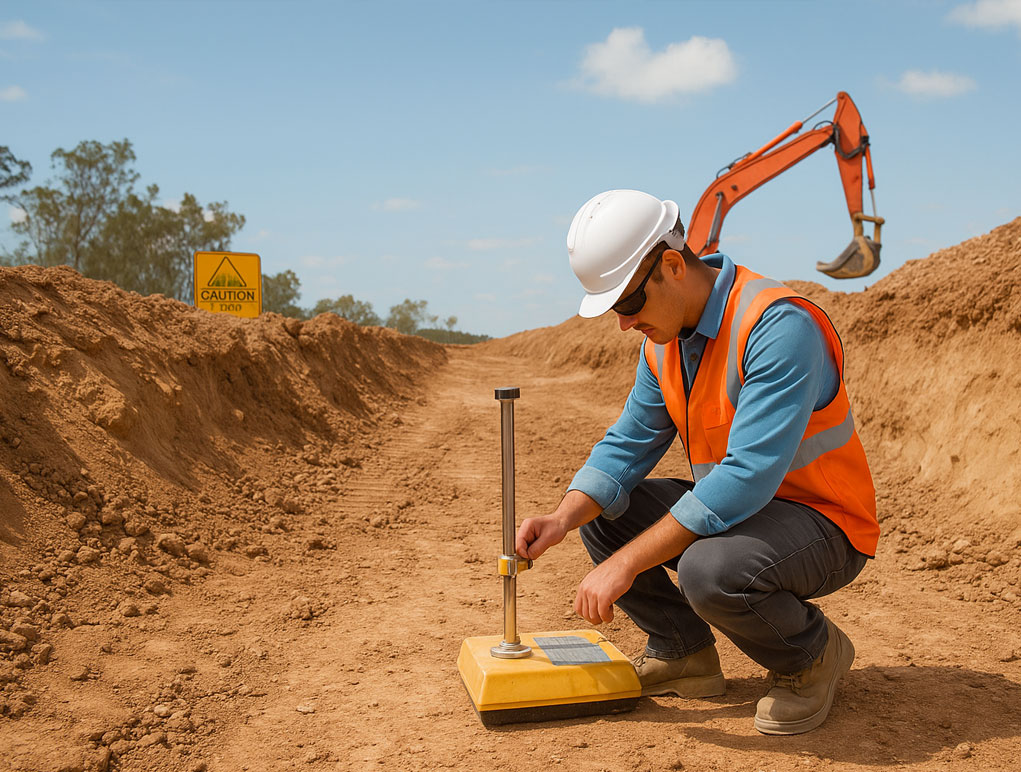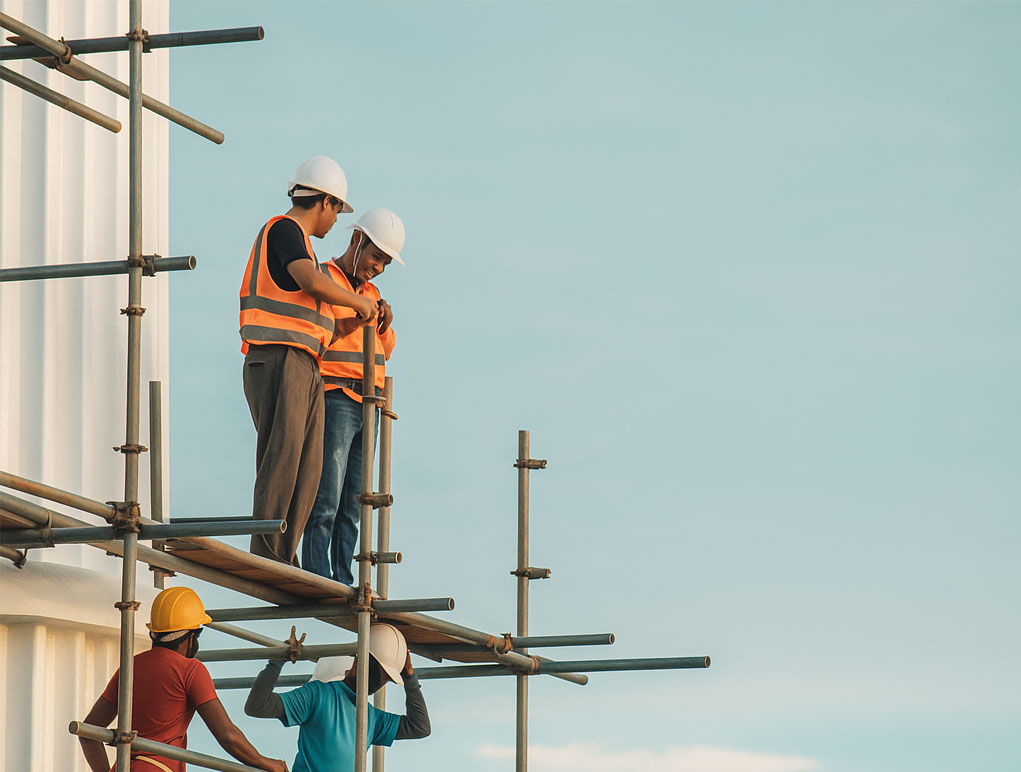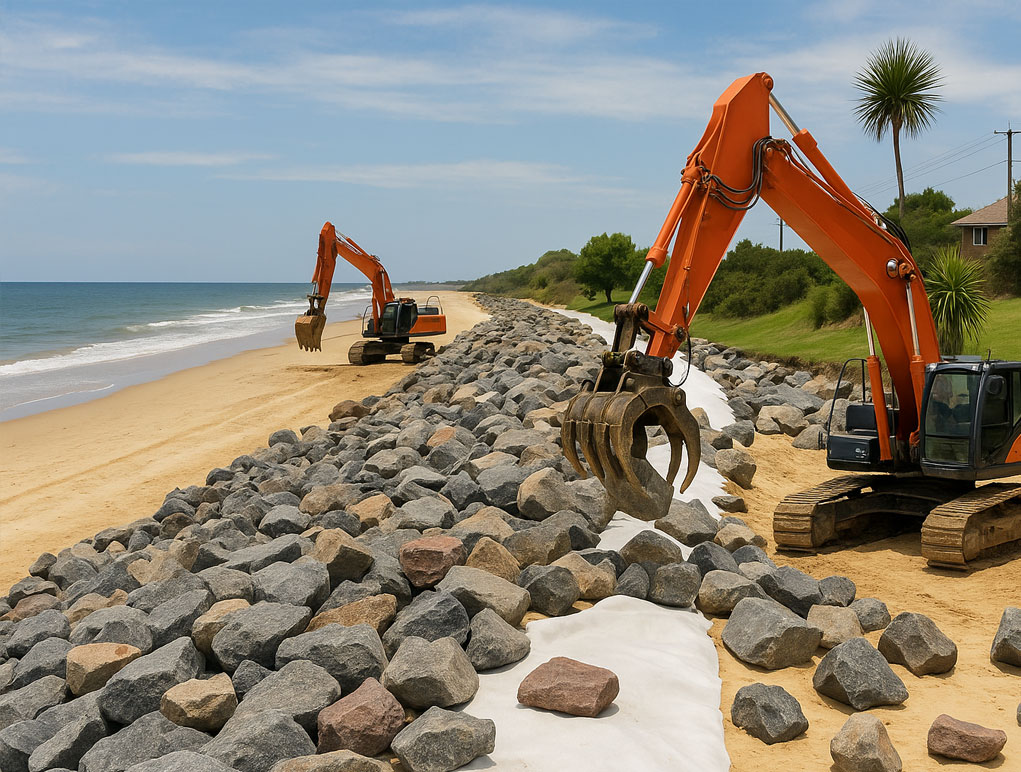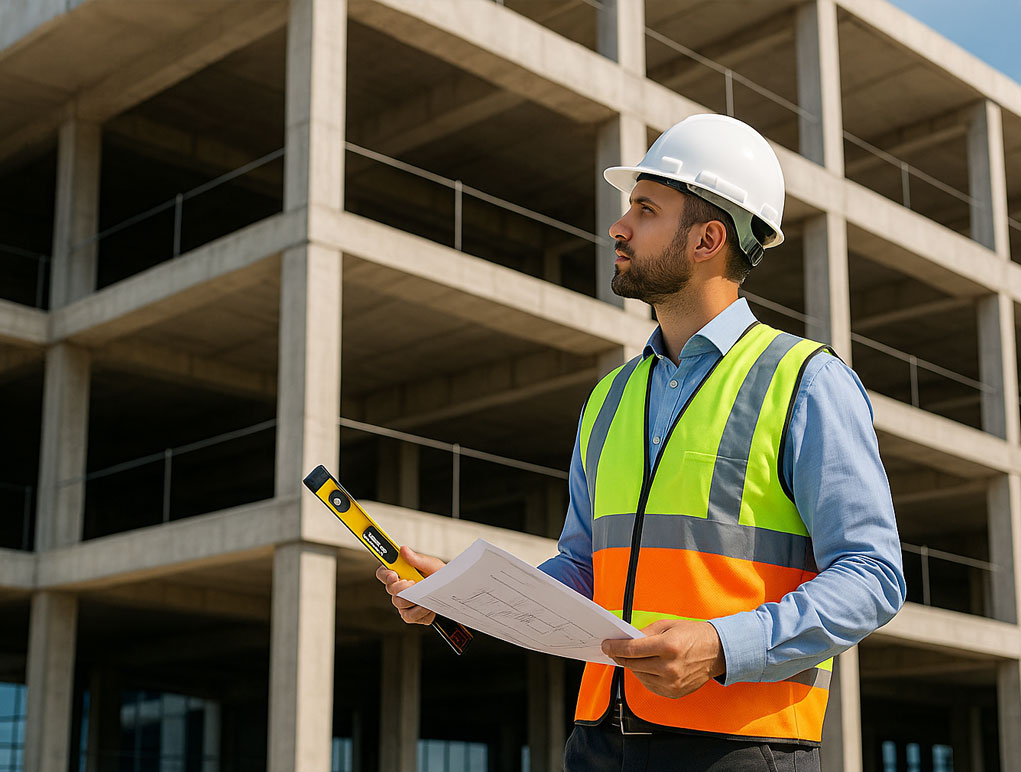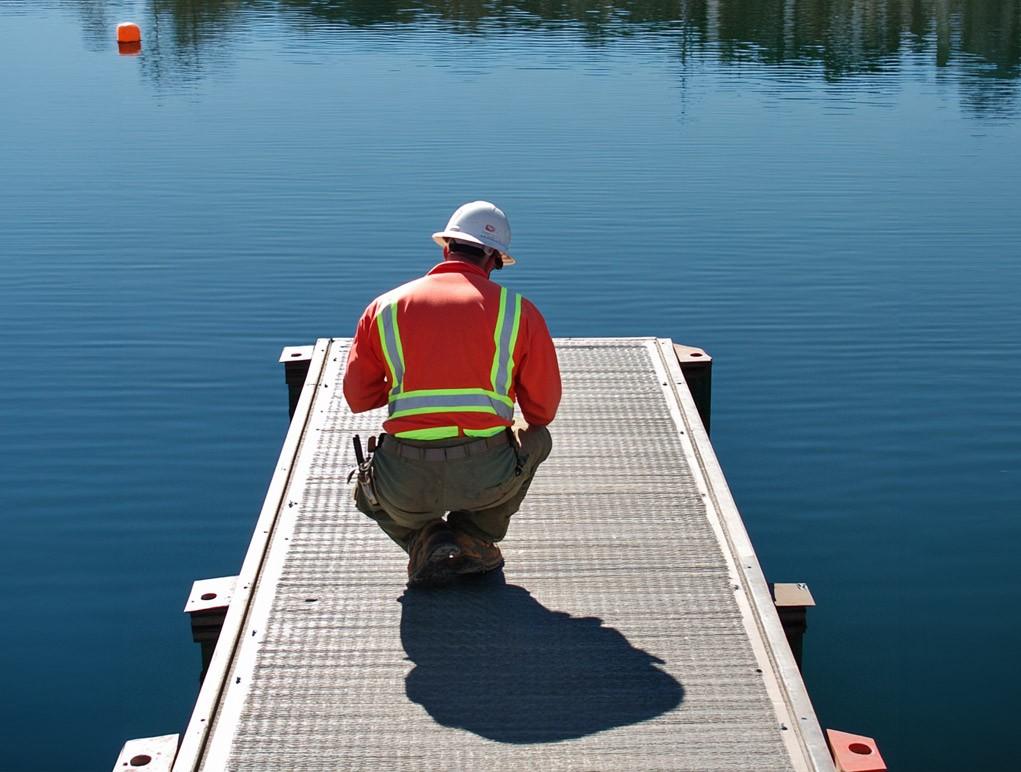
Is Your Dock Inspection Truly Safe? The Hidden Challenges You Need to Know
Docks: The lifeline between maritime trading activities, industries, and waterfront properties. But how often is the worst kept beneath the water's surface? The very existence of dock inspection is critical for structural integrity, safety, and compliance. Yet, dock inspection is not as uncomplicated as it might seem. From underwater hazards to regulatory complexities, many hurdles exist that threaten the productivity of an inspection.
LB Engineering is a trusted structural engineering firm serving Southwest Florida since 1996. Specializing in structural design, inspections, and forensic engineering, they provide innovative and cost-effective solutions for commercial, residential, and industrial projects. With a strong commitment to quality, safety, and client satisfaction, LB Engineering collaborates closely with architects, contractors, and property owners to ensure structurally sound and compliant buildings. Their expertise spans across multiple states, including Florida, Georgia, New York, and Texas. Learn more at LB Engineering.
The Key Challenges in Dock Inspection
1. Severe Environment
Being the first line of defense against extreme weather conditions, water level fluctuations, and corrosive saltwater, the dock subjected to these elements undergoes rapid wear and tear, thus making the inspections difficult by specialized equipment and trained persons alike.
2. Underwater Structural Assessment
Unlike regular structures, docks extend underwater, where visibility is very limited and access is difficult. Inspecting submerged parts needs expert divers or adequate sonar technology to assist in revealing hidden damages, such as rusting piles, marine growth, or structural weakening.
3. Compliance with Regulations
Dock inspections must comply with local and federal safety regulations varying according to the purpose and location of the dock. This requires detailed engagement with engineering and environmental regulations to meet compliance.
4. Material Deterioration with Time
Wooden, steel, and concrete docks all exhibit vulnerability, but these differ. Wood can rot or be attacked by pests, steel may corrode, while concrete may crack under continual water and stress exposure. Identification of early signs of degradation is necessary to reduce the risk of highly costly repairs or accidents.
5. Limited Access and Various Safety Hazards
Dock sites are hazardous, especially active commercial zones or marinas, where vessels are constantly moving. Strong waters, collapsing structures, and confined spaces further add to these risks; hence safety is a priority.
Ways to Overcome Dock Inspection Challenges
Modern-day technology such as drone surveys, sonar imaging, and remotely operated vehicles (ROVs) ensure dock inspection as never before, making it safer and more accurate. Collaborative work with experienced structural engineers guarantees all docks are safe, compliant, and structurally sound.
Is an Inspection of Your Dock Due?
Overlooking small issues today can result in very costly failures tomorrow. If you need someone to inspect your dock professionally, call LB Engineering for evaluation.
FAQs
1. How often should a dock inspection be carried out?
This depends upon usage, environmental exposure, and type of material, but, broadly, a rule of thumb would be to inspect it every year and carry out a further detailed assessment every 3-5 years.
2. What equipment is used in dock inspections?
Sonar imaging, drone surveys, ROVs, and underwater diving teams are harnessed in these inspections to good effect concerning submerged structures.
3. What are the signs that a dock needs repairs?
Visible cracks, rust, wood rot, leaning piles, or unusual movements indicate potential structural weaknesses requiring immediate attention.
4. Who is responsible for dock inspections?
Property owners, port authorities, or facility managers must ensure regular dock inspections to comply with safety regulations and prevent structural failures.
